Twin Fin Surfboards have become incredibly popular over the past 5 years to the point where most surfs you will find someone on a twinny.
Dating back to the 40s, the Twin Fin took off in popularity in the late 70s / early 80’s compared to the single fin that lacked manoeuvrability and speed.
Lets go through 5 things that you need to know about twin fins before you pull the trigger and purchase one:
More speed, less stability
Put simply, Twin Fins provide more lift on the board allowing it to skate across flat sections easily as well as less stability making the boards easier to turn. Compare this with a single fin that is certainly more stable, but lacks drive.
Most Twin Fins attempt to compensate for this reduction in stability by increasing the width and thickness of the board.
This is a great idea if you are an intermediate surfer looking for a different feeling from the standard thruster – bump up your volume to make it easier to paddle into waves and pop up.
That skatey feeling
Whilst an increase in manoeuvrability is great in small surf, it can cause problems when the surf comes up.
Lacking a centre fin when performing a bottom turn in bigger surf can cause you to skate out and miss sections or fall.
You will notice that people will ditch the fish style Twin Fin in bigger surf and ride something bigger (like a mid-length) if they are committed to riding a Twin.
Keels vs Upright Twins
There are two standard types of fins that are used in Twins – a Keel or an Upright/Standard fin. They both provide different experiences depending on what you are looking for.
Upright fins are longer in length than a keel and have a smaller base – they essentially look like a normal fin, just larger.
This means they sit slightly deeper in the water than a keel and allow for more “performance” style surfing. Think the classic Mark Richard Twin Fins!
Keels on the other hand, have a large base on them and are quite short. They are more suited to a surfer that wants to “cruise”.
This extra surface area provides more stability than an upright fin and provides more hold. If you are looking to surf a twin in bigger waves, a keel will be better suited to reduce the chance to skating out on those bottom turns!
Who should ride a twin fin?
Variety is the spice of life and we would always recommend that surfers try new boards to broaden their experience in surfing.
However, as a beginner or even advanced beginner (getting up and riding waves solo, but still with a low make rate) we would suggest staying off a twin fin until you have mastered your pop ups and trimming.
Why do we recommend this? The lack of stability in a twin fin from no centre fin increases the chance of falling and at that stage of your surfing career the more time you can spend up, the better.
What Twin Fin should I buy?
So you have decided you want to get a twin fin, now what? Pretty much every shaper on the globe now does twin fins, cutting through it all can be painful. Empire Ave have an incredible Twin Fin Board Buyers Guide set up with everything you need to know. Here are just a few selections from it:



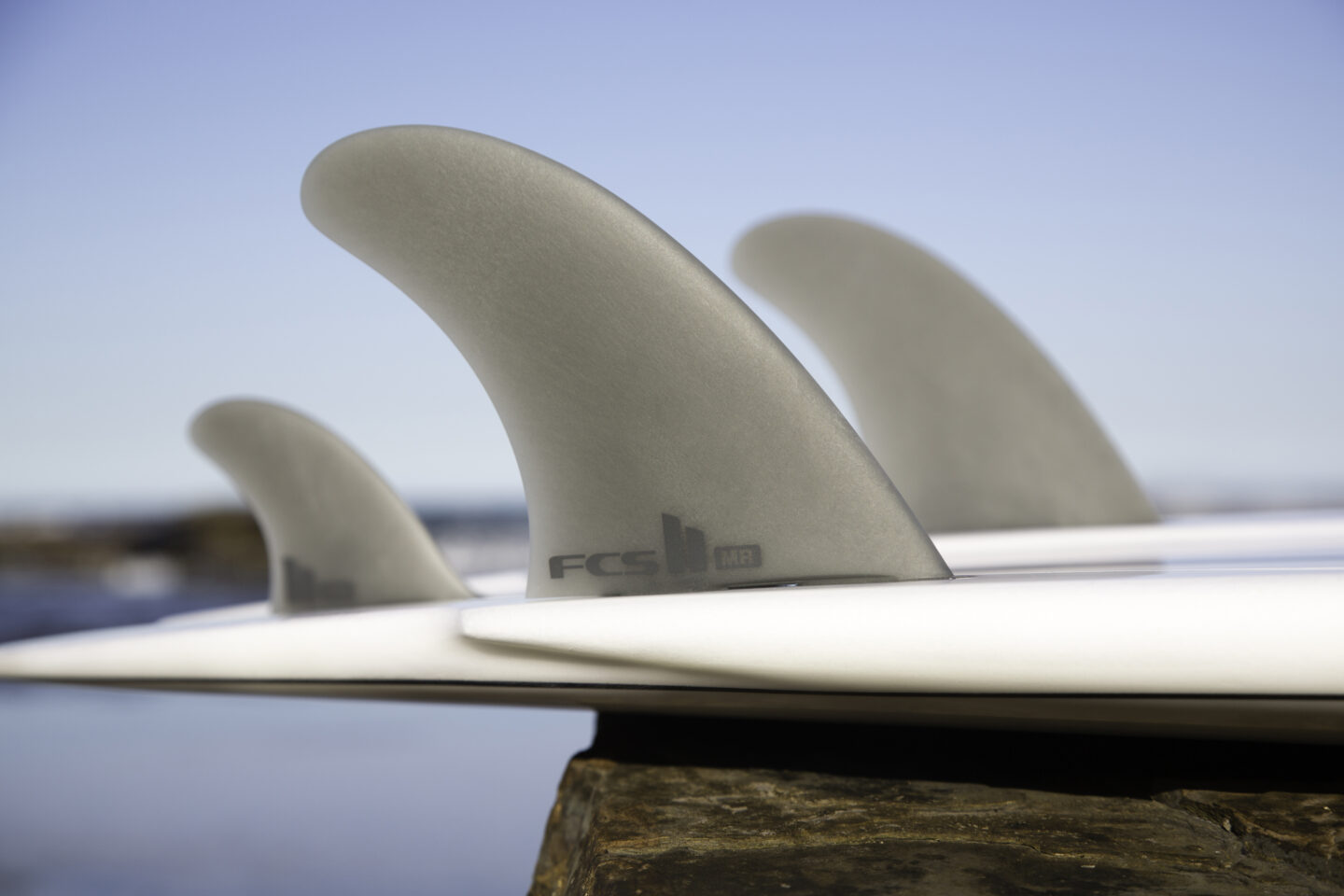

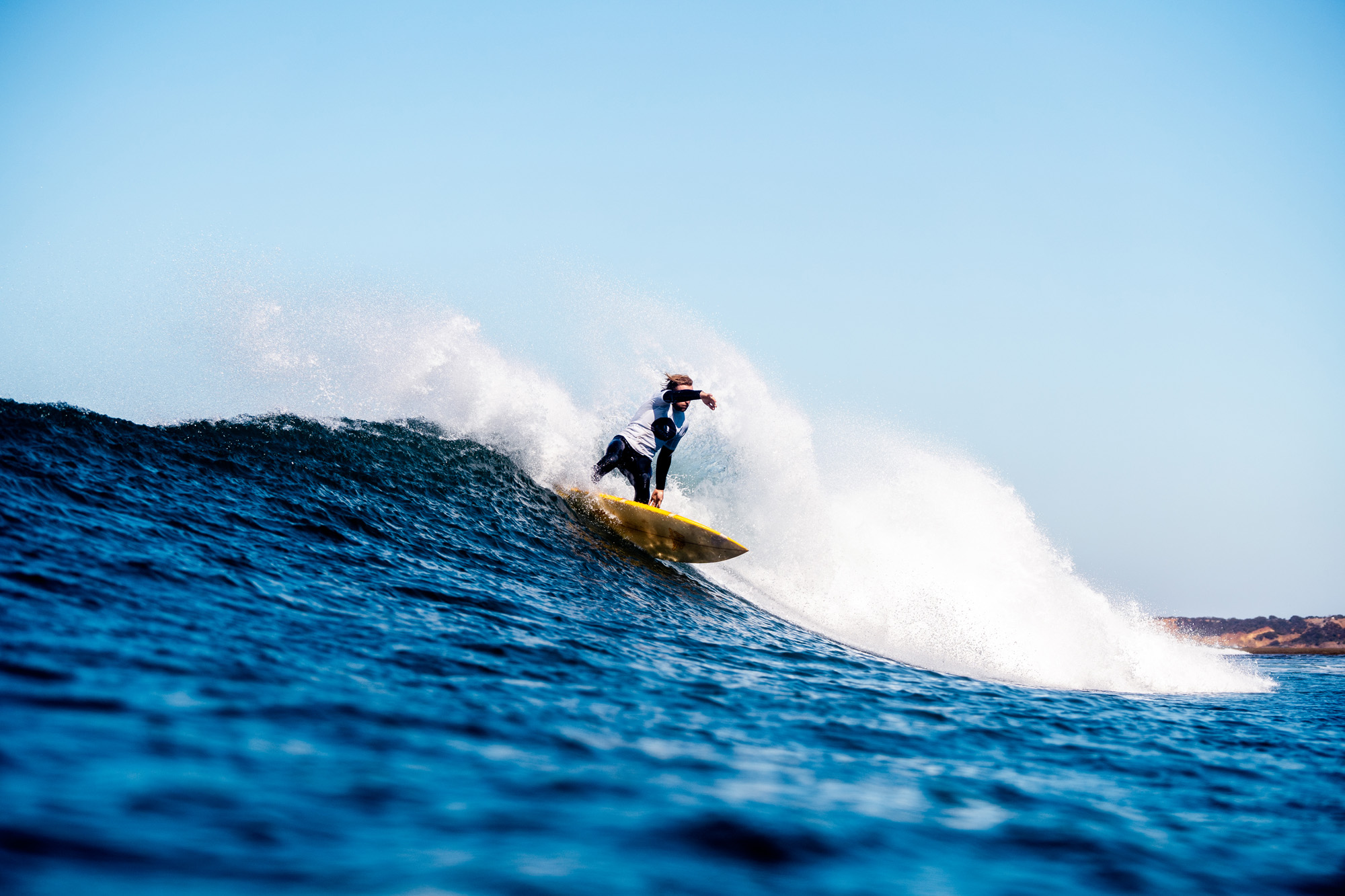
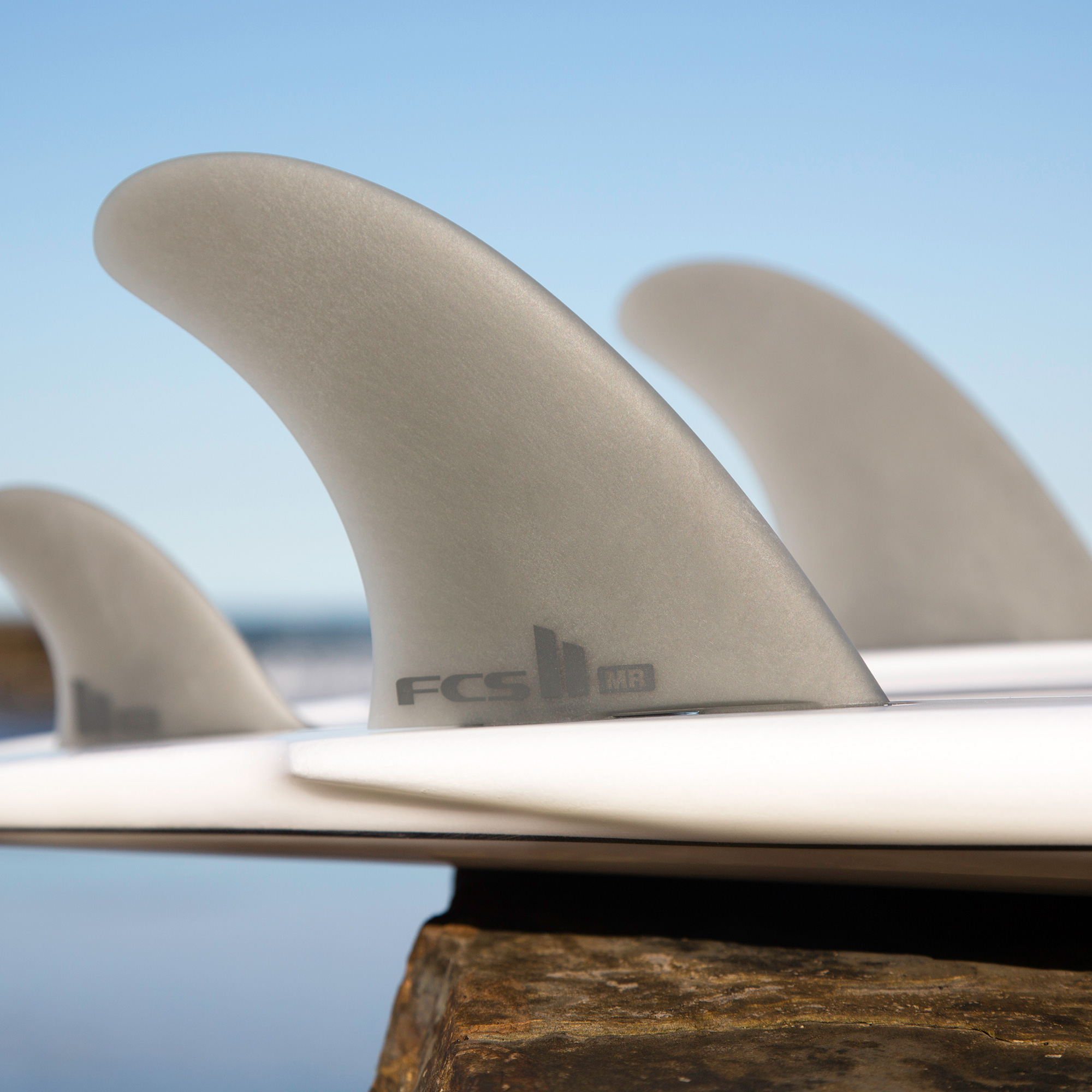
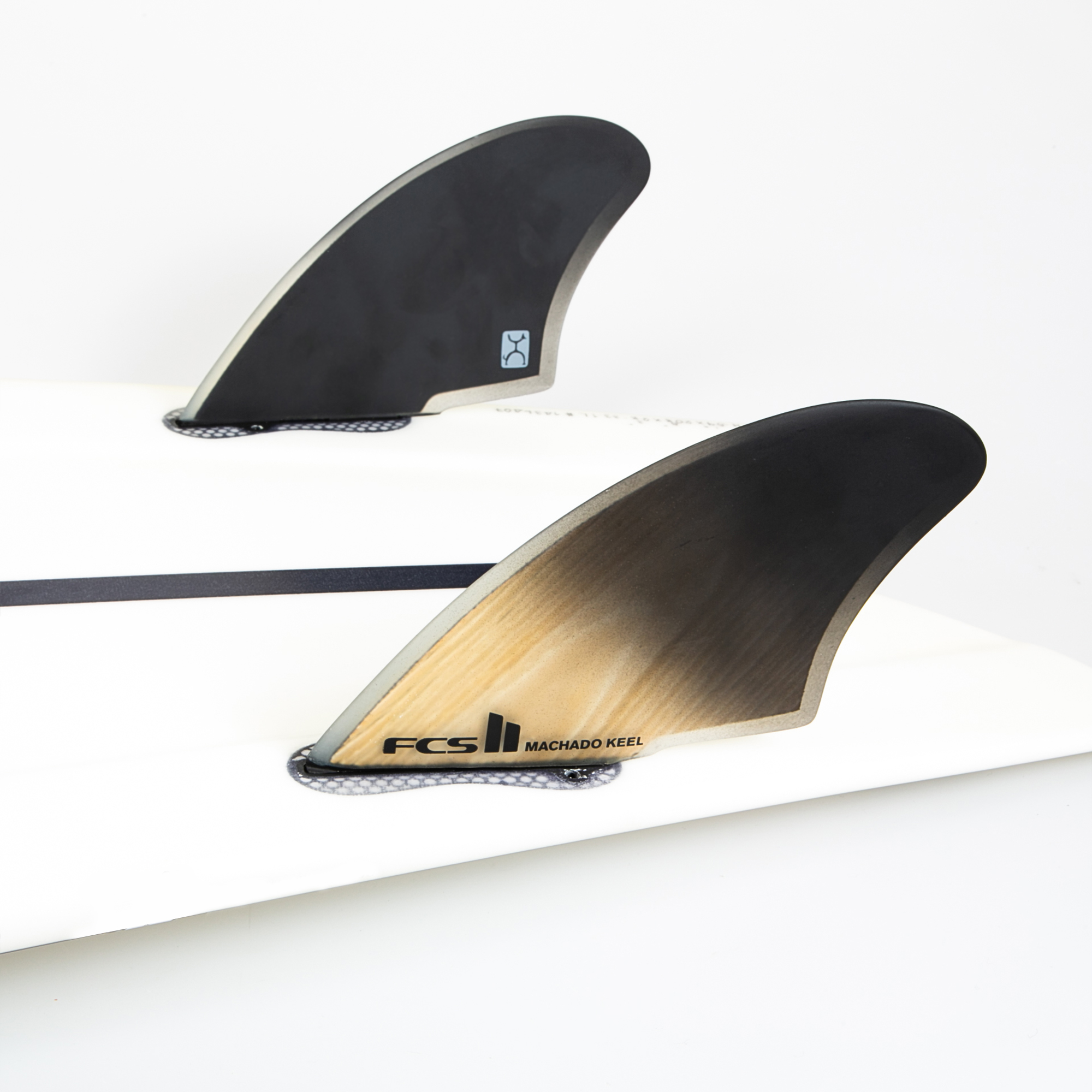
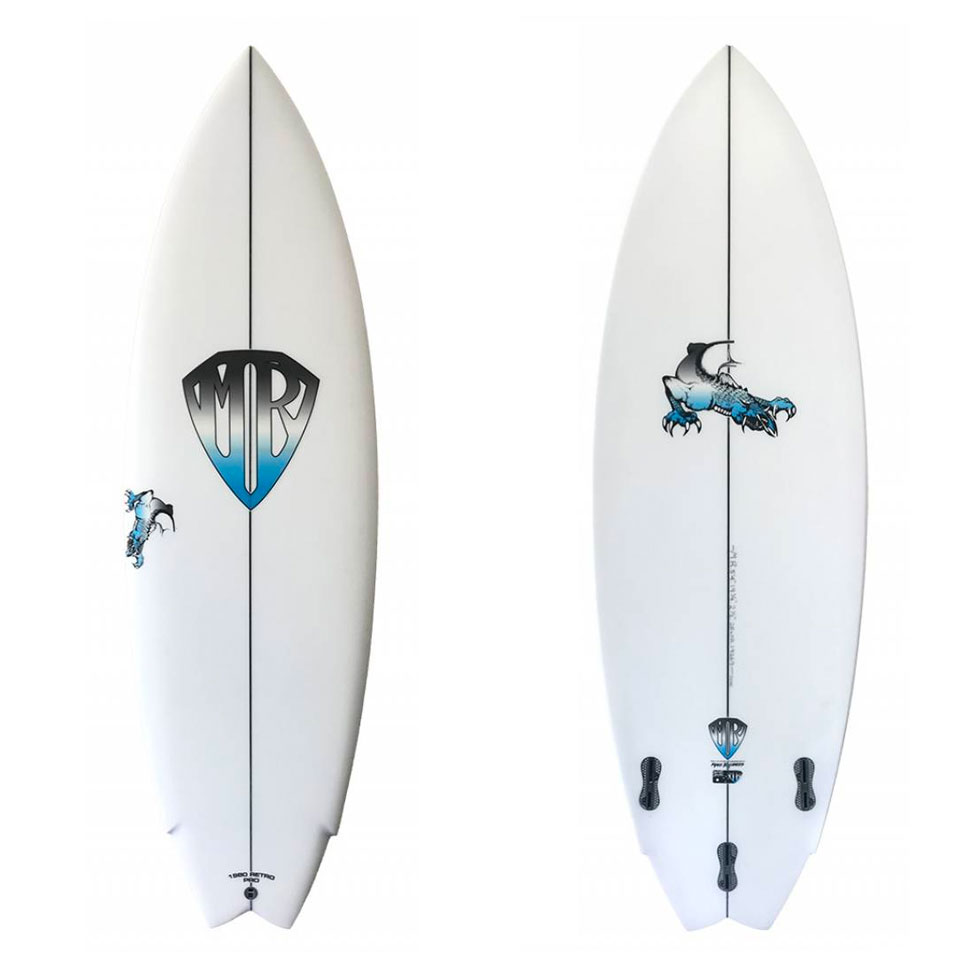
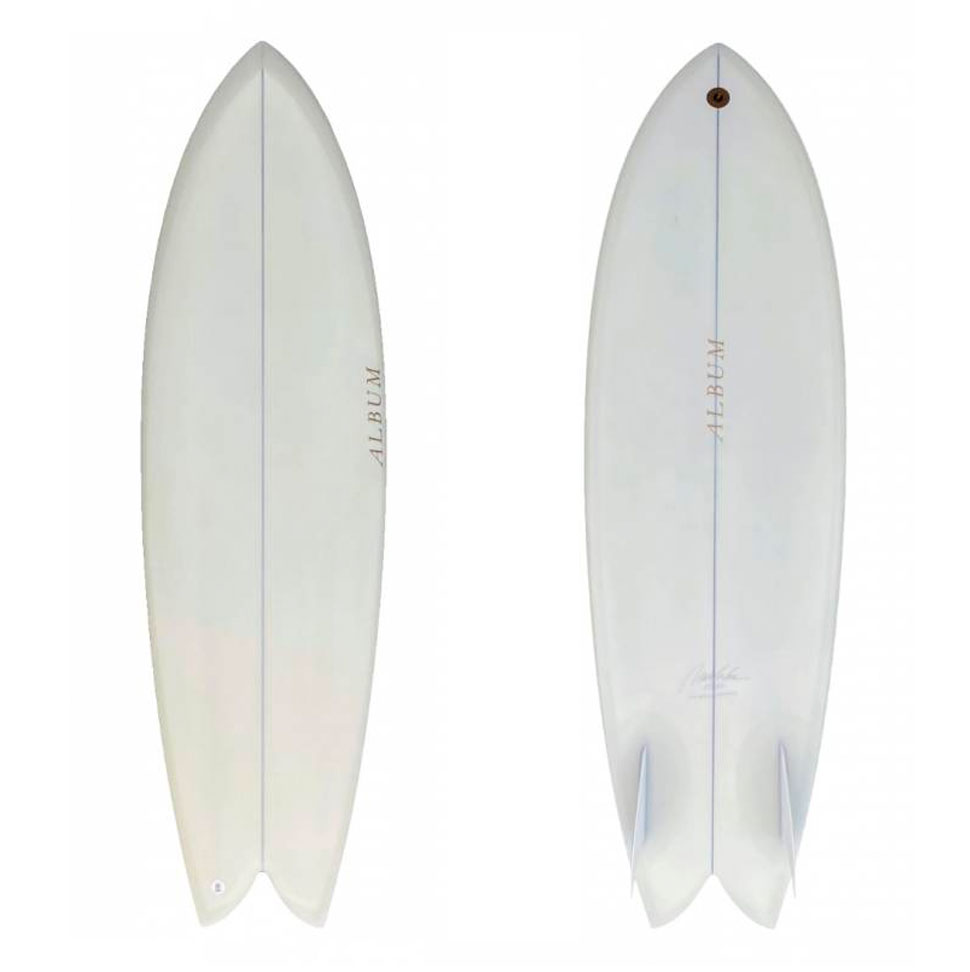
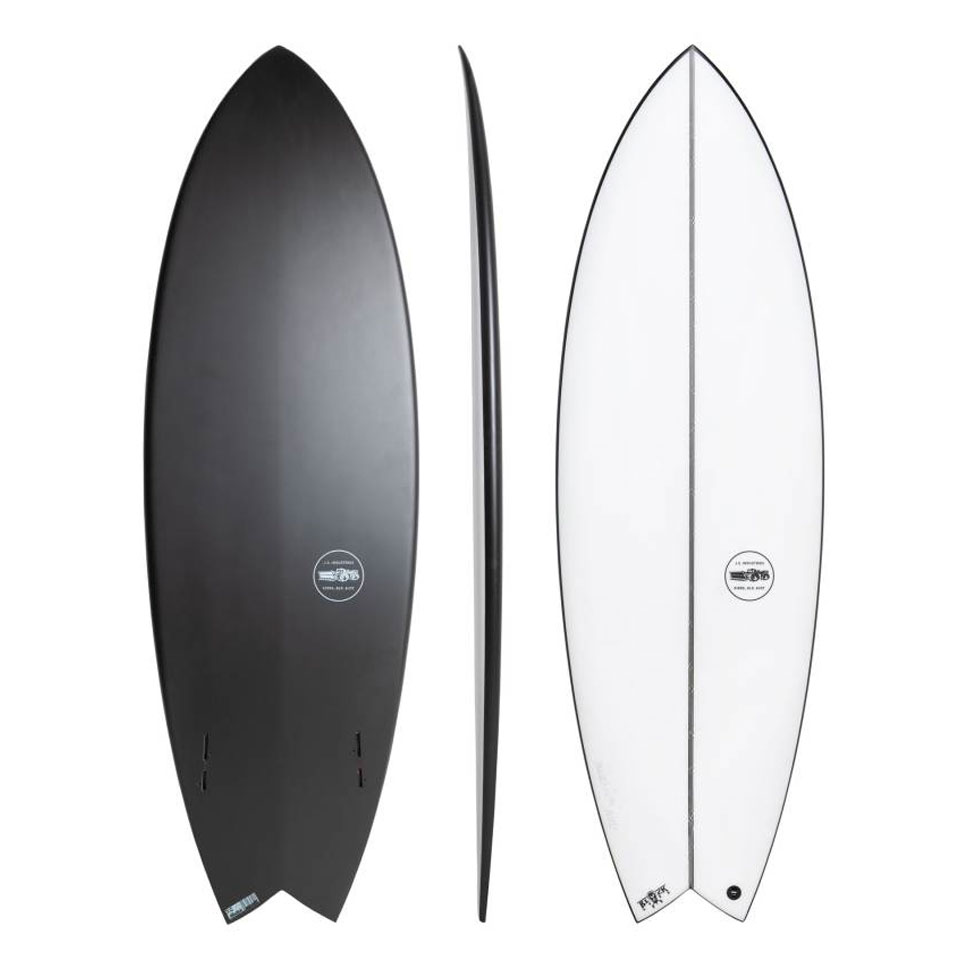


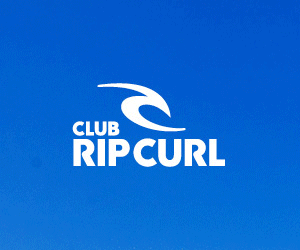
Twinsman is best cbw